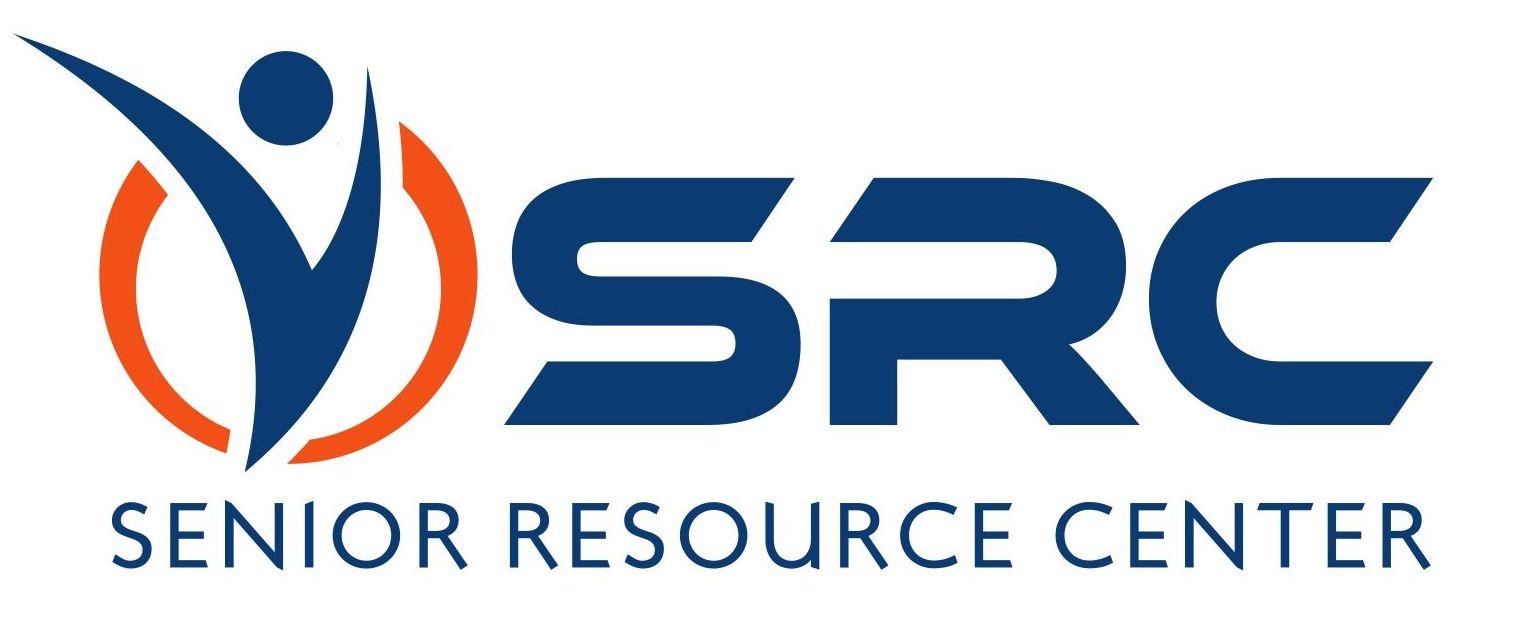Planning for the Future: The Importance of Long-Term Care in Austin
One of the most important steps you can take as an adult is to plan for your future after retirement. Unfortunately, life's uncertainties and the growing daily living expenses in Austin, Texas, can make planning difficult, but it's still best to arrange your long-term care sooner rather than later.
In this guide, we outline some of the most common long-term care services available in Austin and various payment methods to help you make informed decisions about your future.
Types of Long-Term Care Services
The type of long-term care you choose to receive depends on your preferences, needs, and budget. In Austin, seniors can remain at home and receive additional assistance in their most comfortable environment or embrace a new community that gears itself toward helping aging adults who need some help but are largely independent.
It's important to consider the many long-term care services available to ensure your retirement plan accommodates you properly.
Skilled Nursing Homes
When many people think of getting older past retirement age, they often think of nursing homes. Skilled nursing facilities are ideal for people who require extensive medical care, daily support, and supervision. Most of them have nursing staff available 24/7 and specialized teams and equipment to handle residents who need rehabilitation services or post-surgery assistance.
Home Healthcare
Since many people are comfortable at home and don't want to leave it, home healthcare is a great option to consider. With it, you can get the care you need without leaving your home. Home healthcare services include medication management, nurse visits, meal preparation, personal care, and wound care.
Assisted Living
For seniors who need more assistance than home healthcare provides or like feeling a sense of community and companionship, moving into an assisted living community may be ideal. At an assisted living community, you'll receive outstanding support for your daily activities if you need them. Still, you will enjoy a private home with full access to community activities with your peers and support system.
Adult Day Care
Many families rely on their loved ones' support and care during their golden years. Still, when caregivers have to work or tend to their own families and obligations, they might not want to leave their senior relative alone. That's where adult daycare comes in.
With adult daycare, seniors can enjoy a safe, engaging environment during the day and participate in lots of fun activities. It allows seniors to have companionship and build friendships outside of their homes. You should consider it if you like engaging with others and have a long-term care plan that includes a family caregiver.
Hospice
Hospice offers end-of-life care. It provides exceptional comfort and emotional support to ensure a good quality of life for individuals and their families during the last stage of life.
Paying for Long-Term Care
No matter which option you choose as part of your long-term care plan, you have to know how you're going to pay for it. Unfortunately, the cost of long-term care continues to outpace inflation. With so many people approaching retirement age, fewer skilled workers and facilities are available to handle such a big senior population, resulting in higher expenses for aging adults.
Thankfully, you have several options for paying for your care post-retirement. Depending on your needs, one of the options below or a combination of them may be suitable.
Medicaid
Medicaid is a state- and federally-funded program that provides healthcare to low-income, elderly, and disabled Americans. It also pays for long-term care for eligible individuals, so many people rely on this type of healthcare once they retire.
However, you do have to meet specific requirements to participate in the program and receive no-cost or discounted services. For example, Texas Medicaid asset limits for nursing home care include specific guidelines on the types of assets the program counts as income and how much you can have to maintain your Medicaid eligibility.
In other words, if you expect Medicaid to be a primary source of your post-retirement funding but have too many countable assets that exceed the Texas Medicaid asset limit, you may not be eligible for nursing home coverage.
Asset Protection
Income
There is an income limit to qualify for Medicaid benefits in a nursing home, $2,742 gross monthly applicant income in 2023. Fortunately, there is a Waiver available so people of any income level can qualify. By setting up a Qualified Income Trust (QIT), you can qualify for Medicaid. We help families understand, set-up, and operate a QIT.
Assets
This is the most confusing part of Medicaid planning, and where Senior Resource Center can help the most. The State of Texas divides assets: Exempt and Countable. Exempt assets include your Home, one Vehicle, Burial Programs (if they are Irrevocable) and Business Interests (if you file a business tax return). Everything else is Countable, including Bank Accounts and CDs, Brokerage Accounts, IRA and 401k accounts, Cash Value Life Insurance, Mineral Rights, additional Vehicles, Homes and Land, etc. Our goal is to protect all or most of your Countable Assets. If you are married, the State of Texas divides Countable assets between spouses. The spouse not in the Nursing Home (community spouse) can protect all of their income and their portion of the divided Countable Assets, known as the Protected Resource Amount (PRA). We help protect ALL of the Countable assets in the Nursing Home spouse’s bucket. If you are single, there are multiple strategies to protect most or all of your Countable Assets.
When you apply for Medicaid for long-term care assistance, the program's workers will ask if you have gifted any money or your assets in the last five years. There is a penalty for gifting which will make the nursing home resident ineligible for a period of time. We can guide you to gifting in a way that will allow you to protect some of the assets. This is where our expertise can help.
Veterans Benefits
If you are a veteran of the U.S. military, you may qualify for benefits. VA benefits include healthcare, family benefits, and long-term care. Specifically, if you are a veteran that served during a war time period, you could be eligible for Aid and Attendance to pay for care your yourself or your spouse.
Long-Term Care Insurance
Private long-term care insurance is another great way to secure your future. Depending on your policy, you could have coverage for long-term and short-term medical care or access money before your death to use as you see fit. It's best to buy a policy long before you need it; some policies have cash values that grow over time.
Get Help Planning Your Long-Term Care Today
Senior Resource Center has over two decades of experience helping family members throughout Texas create effective long-term care arrangements. Our team of skilled, dedicated professionals strives to give you peace of mind while arming you with the best retirement and long-term care strategies to ensure your safe and secure future.
Contact us at Senior Resource Center today at
(512) 835-0963
to schedule a consultation.



Ready to get started?

Senior Resource Center
Service Areas
Licensed Insurance Professional. Respond and learn how insurance and annuities can positively impact your retirement. This material has been provided by a licensed insurance professional for informational and educational purposes only and is not endorsed or affiliated with the Social Security Administration or any government agency. It is not intended to provide, and should not be relied upon for, accounting, legal, tax or investment advice.
*A professional advisor should be consulted before implementing any of the options presented. No content should not be construed as legal or tax advice. Always consult an attorney or tax professional regarding your specific legal or tax situation.

Senior Resource Center
Service Areas
Licensed Insurance Professional. Respond and learn how insurance and annuities can positively impact your retirement. This material has been provided by a licensed insurance professional for informational and educational purposes only and is not endorsed or affiliated with the Social Security Administration or any government agency. It is not intended to provide, and should not be relied upon for, accounting, legal, tax or investment advice.
*A professional advisor should be consulted before implementing any of the options presented. No content should not be construed as legal or tax advice. Always consult an attorney or tax professional regarding your specific legal or tax situation.

Service Areas
Licensed Insurance Professional. Respond and learn how insurance and annuities can positively impact your retirement. This material has been provided by a licensed insurance professional for informational and educational purposes only and is not endorsed or affiliated with the Social Security Administration or any government agency. It is not intended to provide, and should not be relied upon for, accounting, legal, tax or investment advice.
*A professional advisor should be consulted before implementing any of the options presented. No content should not be construed as legal or tax advice. Always consult an attorney or tax professional regarding your specific legal or tax situation.
Senior Resource Center
Website by EGS Marketing Solutions
